What is West Dean College all about?
Yes, West Dean College is a different type of college and so small that not many people have heard of it. Like many things in England it has a history and I was surprised to learn that some of it has an American connection.
The College was founded by Edward James (1907-1984). He created the Edward James Foundation in 1964 and the family estate home was opened as the College in 1971. So, I guess you could say that by local standards the College is quite young. The history part relates to his family history–without the benefit of his inherited wealth the college would not be here today. Edward’s father was William James, a wealthy landowner of American decent. His mother, William’s wife, was the daughter of Sir Charles Forbes, a Scottish aristocrat. Unfortunately, William died when Edward was only four and though he inherited his father’s estate, it was held in trust until he reached the age of 25. At that time, the estate was 12,000 acres of land. It has now been reduced to only 6,000! The estate has many houses and pastures as well as woods–in fact, as I found out on a recent small tour, the woods are managed to produce all the firewood necessary to run the heating boiler that keeps all the college buildings, the church, and a number of local homes warm throughout the year.

I took this one morning on my way to class – Wow!
Edward used his wealth to support the arts and many young artists such as Salvador Dalí, Rene Magritte, and Pavel Tchelitchew, buying their work, which was then, unfashionable. He also wanted to create a community where the estate supports a college dedicated to the arts and crafts.
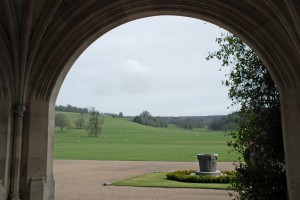
Looking out from the front door.
The estate house is a wonderful building, expanded to its present structure by Edwards father in 1892. It is made of knapped, local flint stone. The inside is full of art of all kinds–it looks like a mini-museum with gilded wood panels and columns, big stone fireplaces, tapestries, statues, and a marble staircase. And the outside is just as stunning in many ways – the open fields bordered by woods with the ubiquitous sheep and pheasants.
If you want to get a better feel for it – watch this short movie.
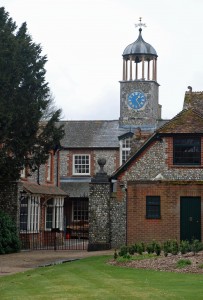
Here’s the clock end of the building where the clock workshop is.
The college now has programmes in conservation, the visual arts, creative writing, and the making of stringed wood instruments. While the primary focus of these studies is a hands-on learning of skills, if a student desires they can add a research element and be awarded a Masters degree which is officially reviewed and awarded by the University of Sussex. The conservation programmes cover the areas of books, ceramics, clocks, furniture, and metal work. In addition to these full-time programmes, the college puts on some 700 short courses throughout the year on various topic related to an even broader area of arts and crafts. Yes, if you want, you don’t have to be a full time student–you could make a short course at West Dean part of your vacation to England. www.westdean.org.uk/CollegeChannel/index.aspx
There are about 70 people overall in the full-time programmes at the college and seven in the clocks programme. People come from all over the world to take advantage of this world-class environment and tutoring. My class has a good mix of people including one woman–she’s the youngest in the class (~30) and comes from Germany. Another student comes from the US and all the rest are Brits. Most of the class is younger than me, forties or fifties, but I do have the company of one about my age. You don’t really need clock experience to come to the program but it helps. The programme is intense and having some of the basics already helps me to be able to learn some more of the subtleties without struggling to grasp the basics. It is not so much book learning as hands-on but there are a lot of details to learn about – so it does take a good brain as well.
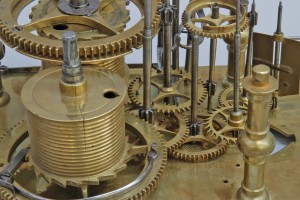
Clock Guts – Beautiful!
In addition to learning a making craft, the conservation approach is strongly taught throughout all our work. We don’t just repair clocks, we are taught to understand the history and place in history that the objects we work on were part of. We need to understand the techniques used in the making so that we can begin to identify modern work vs “original” work. These clocks are so old that they have been worked on many times throughout the years. I was working on a clock last week that began it’s life almost 350 years ago! Each day I realize more how well this place fits my interest, skills, and passion.
Well, I probably should stop this for now – I am enjoying my course work and the environs here as much as I thought I would. Stay tuned for some more on what I am actually doing in class.
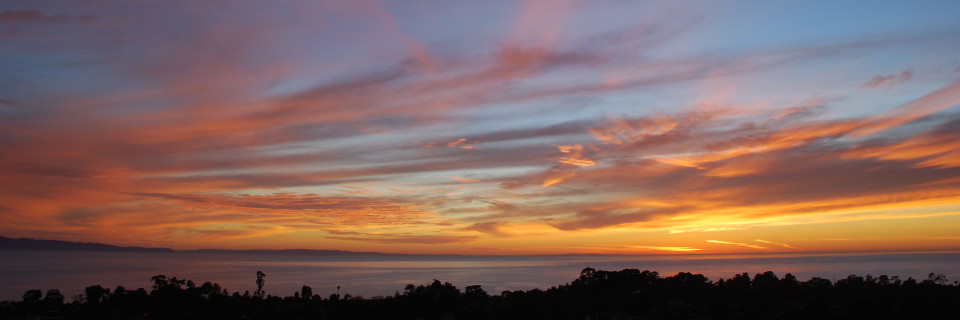
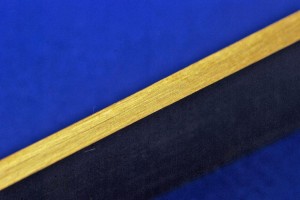
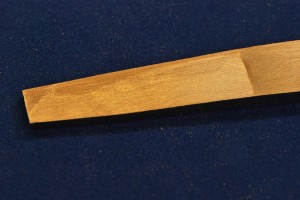
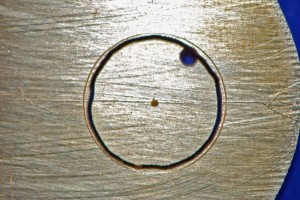
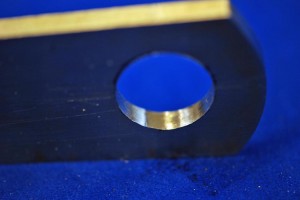
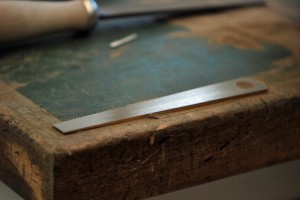




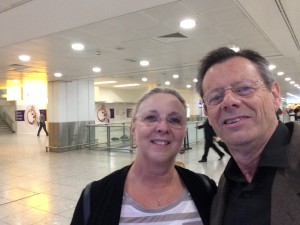
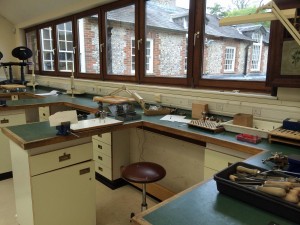
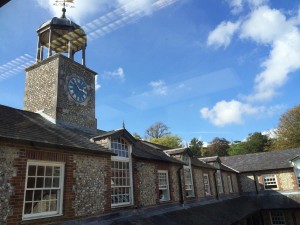

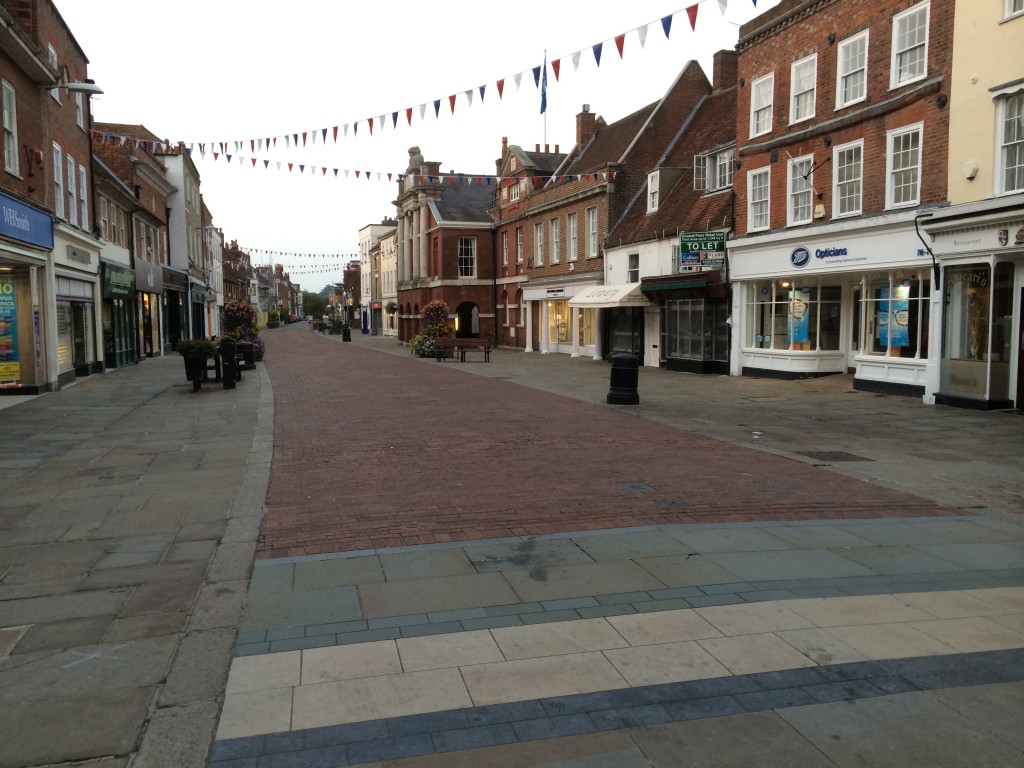
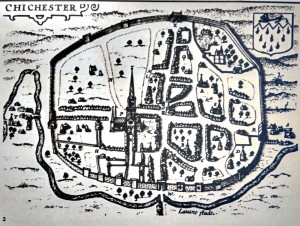
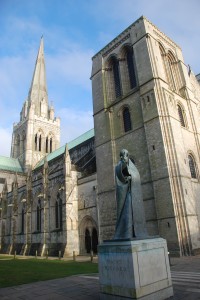
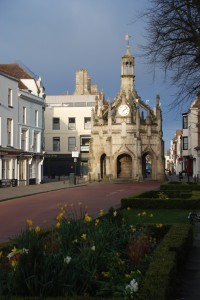
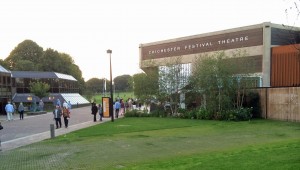
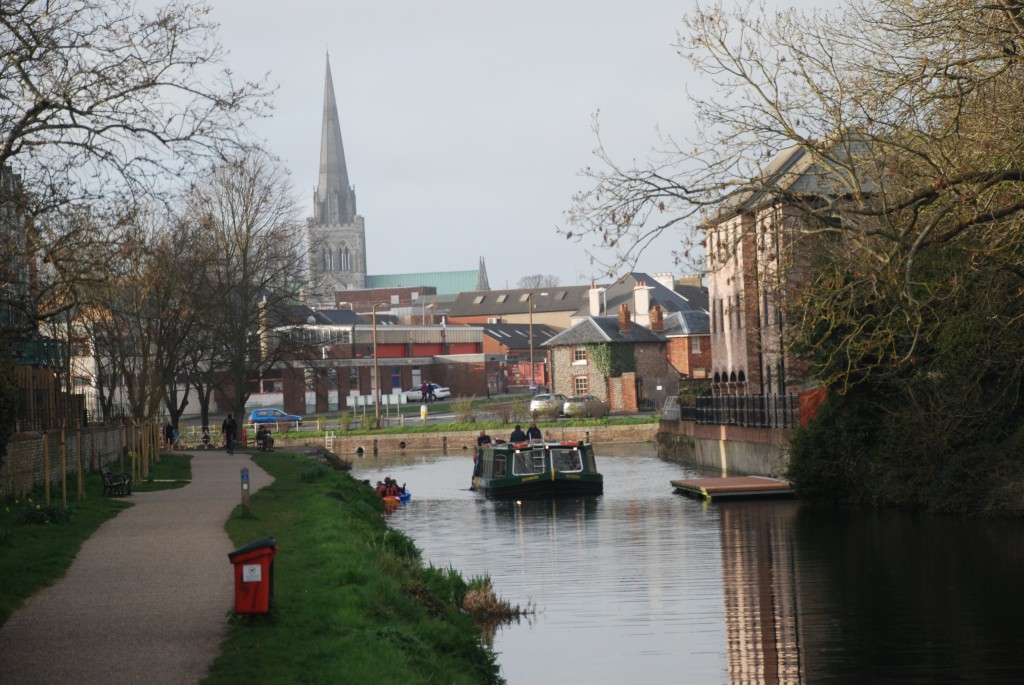


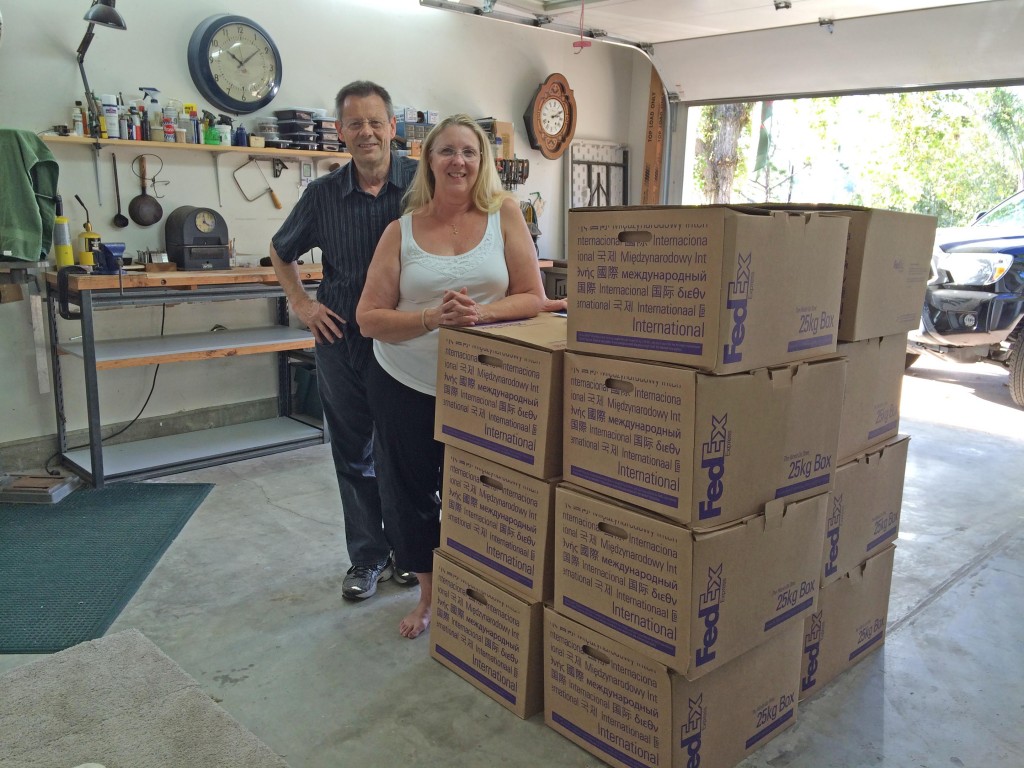
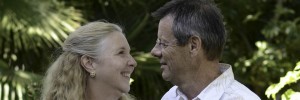

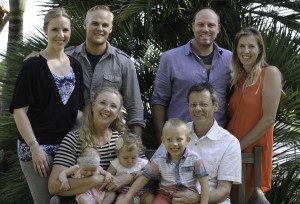

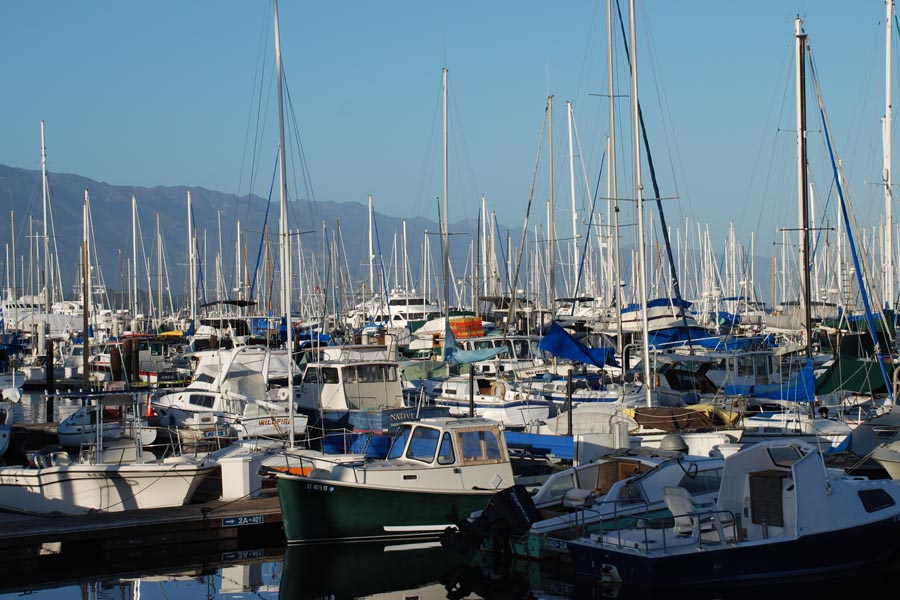

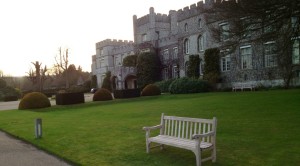


Recent Comments